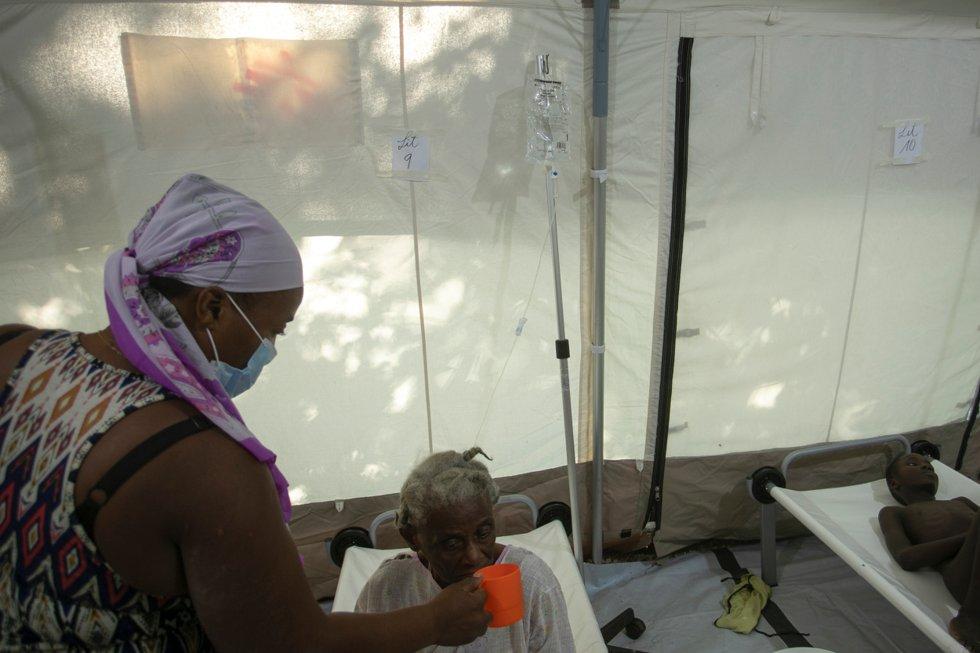The World Health Organization recently warned of an alarming increase in the number of cholera outbreaks and also noted that the disease is becoming more deadly. So far this year, 29 countries have reported cholera outbreaks. This is an increase from less than 20 for the previous five years combined, according to the World Health Organization (WHO).
WHO estimates that there are between 1.3 and 4.0 million cases of cholera worldwide each year, and the disease is responsible for 143,000 deaths each year.
Cholera received a lot of international attention after the big earthquake in Haiti in 2010. It was UN workers who were helping with the relief work that brought the disease to the country. 10,000 people died from this disease until 2019.
This fall – almost three years after the last confirmed case of the disease in Haiti – more cases have been discovered in the capital Port-au-Prince and in the impoverished and densely populated Cite Soleil district.
In October, Lebanon was hit by the country’s first cholera outbreak in decades. More than 300 cases were registered, among them several deaths.
Six areas of Kenya have also seen cholera outbreaks this month, including the capital Nairobi.
In September, a cholera outbreak was recorded in Syria for the first time in twelve years.
Densely populated area
Cholera is most common in densely populated areas with poverty, poor sanitation and unsafe water sources. The risk of cholera outbreaks is high due to wars and natural crises, such as after the earthquake in Haiti in 2010. Monsoons and floods that cause latrines to flood and water sources to be polluted have also led to an increase in incidence.
Climate hazards have exacerbated more than half of hundreds of known infectious diseases in humans, including cholera, according to a study published in the journal. Natural Climate Change early this fall.
Climate change is causing an increasing number of floods, typhoons, droughts and other extreme weather events that reduce access to clean water, creating an ideal environment for cholera to thrive.
Acute infection
Cholera is an acute diarrheal infection caused by a bacterium called vibrio cholerae, which is transmitted through water or food contaminated with human feces.
Three-quarters of people who are infected have no symptoms, but in 10-20 percent of cases it causes severe diarrhea and dehydration which can kill a person within hours if left untreated.
It can usually be treated with rehydration solutions, but in more severe cases the patient may need intravenous fluids and antibiotics.
Only in India
Until the 19th century, cholera existed only in the Ganges delta in India.
In 1817, the disease spread to other parts of Asia, as well as the Middle East and East Africa, marking the start of the first cholera pandemic.
Millions of people died in six consecutive pandemics, which all started in Asia and then spread to the four corners of the world.
The last cholera epidemic in Norway occurred in 1873.
Vaccine
WHO has approved two oral vaccines, which provide protection against cholera for 2-3 years. There is a shortage of vaccines, and therefore vaccines are intended for use in humanitarian emergencies.
To achieve full protection, two doses of vaccine are needed, but because demand is currently much higher than supply, WHO recommends switching to one dose only. That way, vaccine stock lasts longer, and one dose is much better than none.

“Music maven. Evil pop culture lover. Unapologetic creator. Friend of animals everywhere.”






